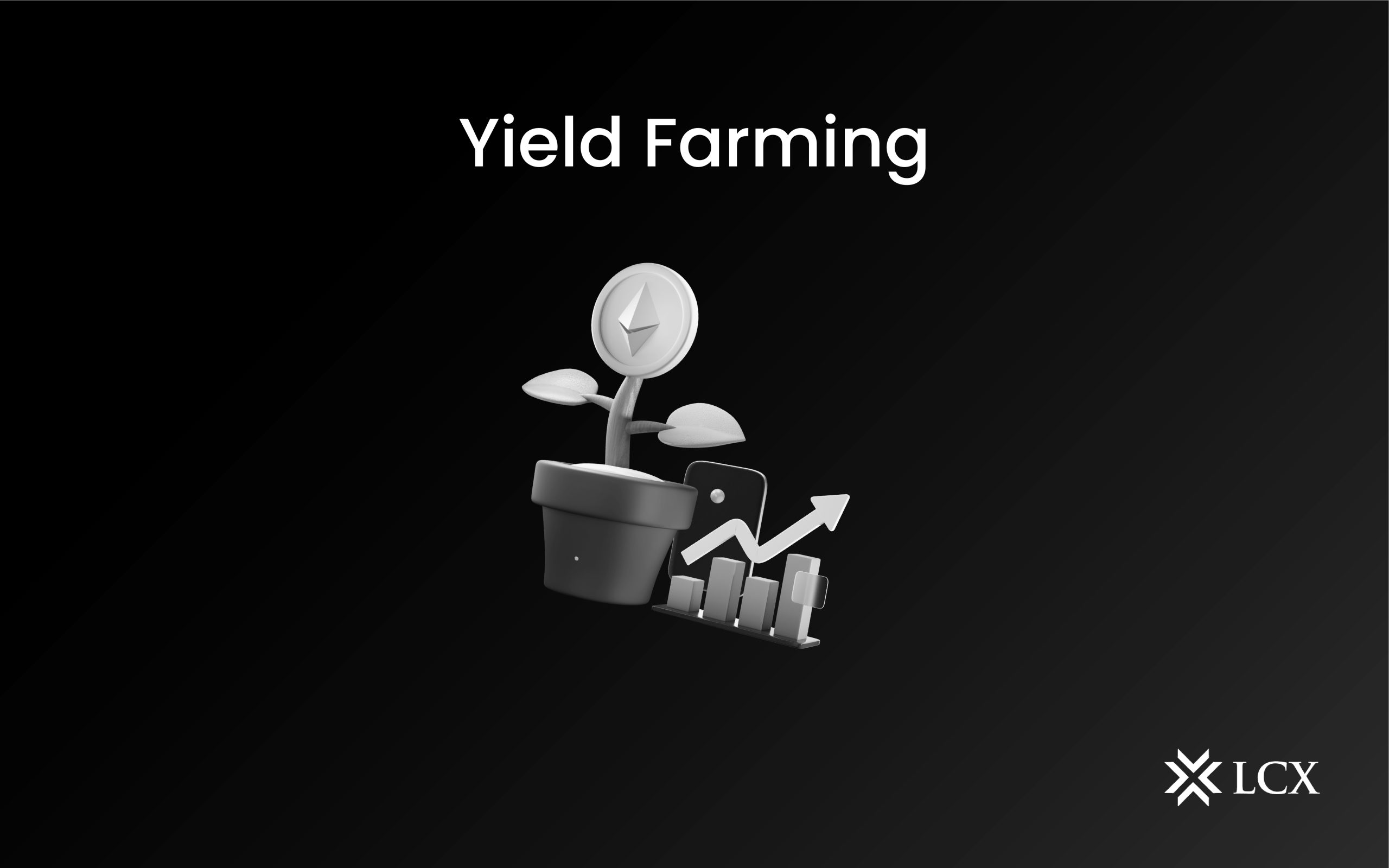As Decentralized Finance is progressing towards creating an ecosystem without third-parties and intermediaries, various projects are launched on its basis. Investors also have a long range of investment opportunities due to various DeFi projects. Now, yield farming is one such investment strategy that is gaining popularity nowadays.
What Is Yield Farming?
It is a method for earning interest on cryptocurrencies. In this method, you have to move your crypto through various marketplaces. Yield farming is considered one of the significant reasons behind the growth of the DeFi sector. It works quite similarly to the way you earn interest on your funds in a savings account.
How Does Yield Farming Work?
Liquidity providers is the term used for users who provide their crypto for the functioning of any particular DeFi platform. The LPs are supposed to provide coins and tokens to the liquidity pool. Liquidity pools are dApps based on smart contracts that consist of all the funds. When the LPs lock the coins/tokens into a liquidity fund, they are awarded a reward or a fee by the underlying DeFi platform.
In simple terms, yield farming is a kind of income opportunity where you lend your coins/tokens using a decentralized application (dApp). This whole process of lending is dependent on smart contracts and no intermediary.
The liquidity pool is used to build a marketplace where you can lend or borrow coins/tokens. While using these marketplaces, certain fees incur on the users. This fee is then provided to the LPs for staking their coins/tokens in the pool. Most of the yield farming takes place on Ethereum, and most of the rewards are ERC-20 tokens.
How Is The Return Calculated In Yield Farming?
The return in the yield farming process is estimated in terms of APY (Annual Percentage Yield). It is defined by the rate of return a user gains over a year. The APY calculation also consists of a compound interest section.
Why Did It Become Popular?
When the Compound Finance ecosystem launched their COMP token, a boom in yield farming was observed. COMP is a governance token, so it allows users to take part in its decision-making process. Other popular yield farming platforms are Uniswaps, Sushiswap, Aave etc.
Risks Of Yield Farming
- Due to the lack of concrete regulations around cryptocurrency, there is a substantial risk of cyber fraud and hacks associated with most of the digital assets.
- The volatility of the crypto industry also poses a threat to the investments and contributions of users to the liquidity pools.
- Several small teams with considerably less budget have created a lot of DeFi protocols. This leads to an increase in the risk of smart contract bugs on the DeFi platforms.
Conclusion
Yield farming is one of the most popular ways of earning interest in the Decentralized Finance ecosystem. This process involves staking, and locking the cryptocurrency. So, with the increasing popularity of crypto, yield farming will also become mainstream soon. While it provides you with high returns, the risks are always there. You never know what can happen when your digital assets are locked up. Therefore, always make a wise investment.









